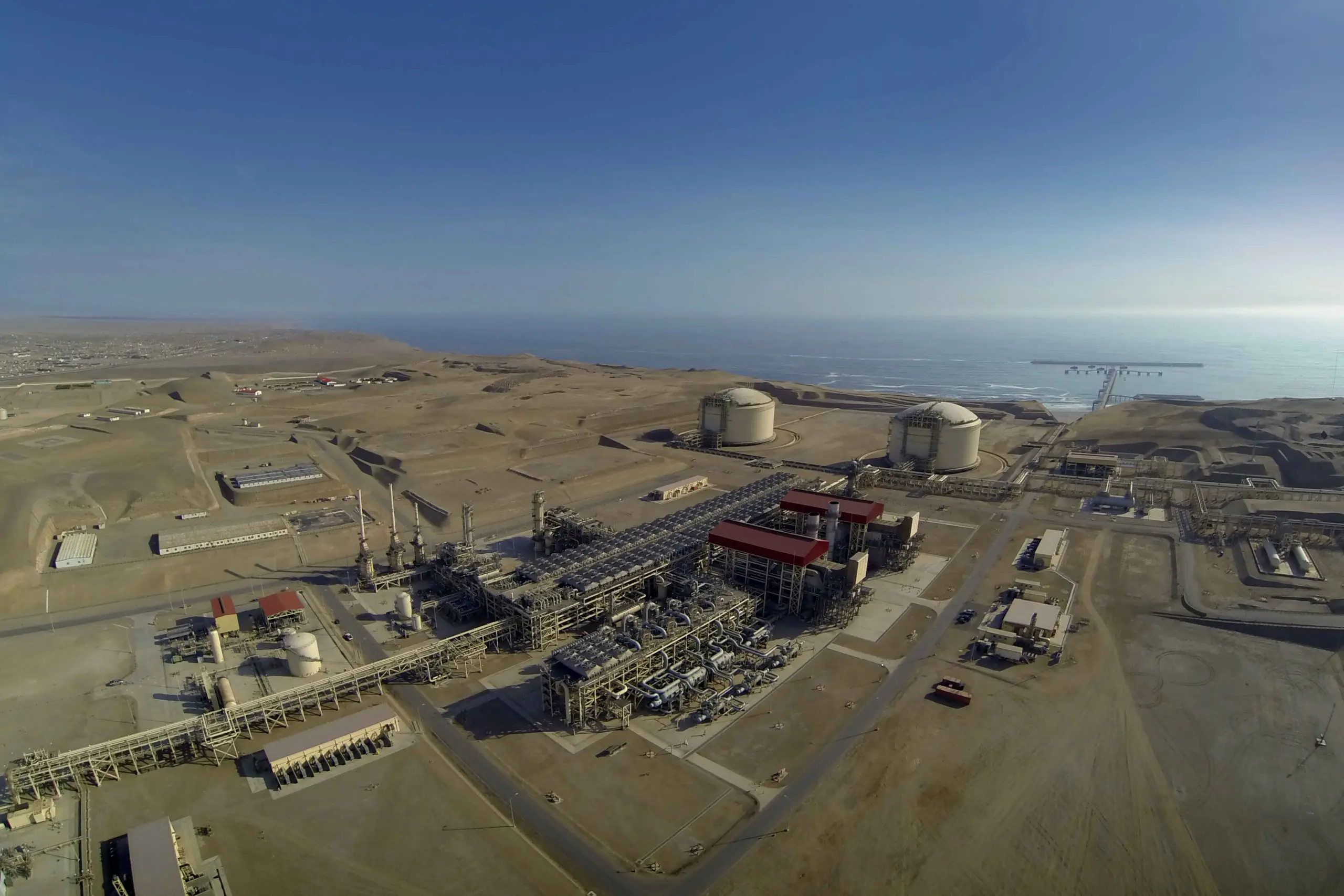Japan’s Marubeni, Osaka Gas, and Peru LNG, the operator of the 4.45 mtpa liquefaction plant at Pampa Melchorita, are moving forward with their plans to produce synthetic methane in Peru.
The three firms joined forces in July 2022 to study synthetic methane production in Peru.
Now the partners signed a deal to start a preliminary front-end engineering and design study for a project to produce synthetic methane, or e-methane, from green hydrogen and also carbon dioxide (CO2) in Peru, according to a joint statement.
The initial study investigated renewable energy procurement potential and CO2 required to produce about 60,000 tons of e-methane per year.
As a result, Peru’s abundant renewable energy sources, mainly solar, wind, and hydropower, together with CO2 recovered from Peru LNG’s liquefaction terminal would allow the project to produce about 60,000 tons per year of e-methane at a “competitive” price, the statement said.

The next stage will be to start a pre-FEED, that will involve discussions on renewable energy procurement and raw materials (including CO2); specification studies for plant construction; and economic evaluations and other detailed feasibility studies.
After that, Marubeni, Osaka Gas, and Peru LNG will assess the results and evaluate if an investment decision can be made in 2025, with the aim of starting production and sales of e-methane by 2030, they said.
Marubeni has a 10 percent stake in the Pampa Melchorita plant. Also, US-based Hunt Oil holds a 50 percent operating stake in the LNG plant, while SK and Shell have 20 percent, each.

